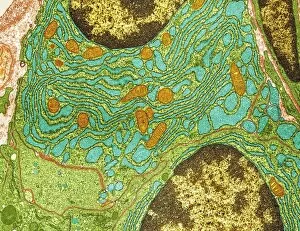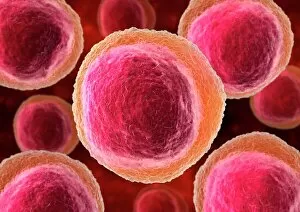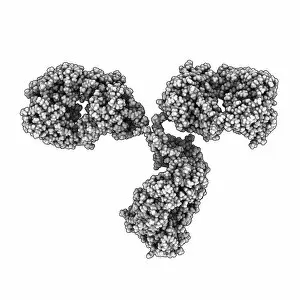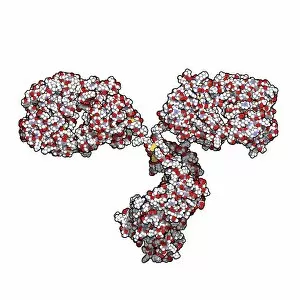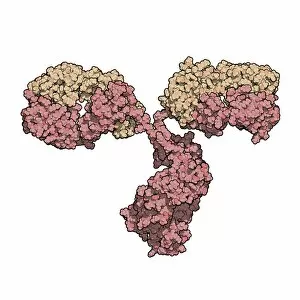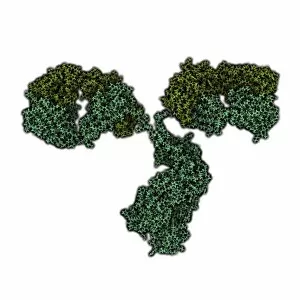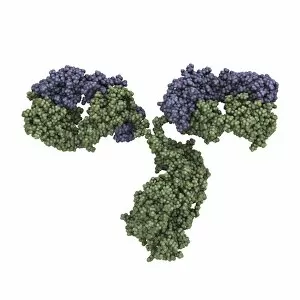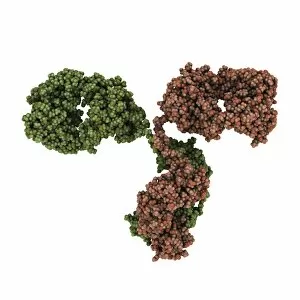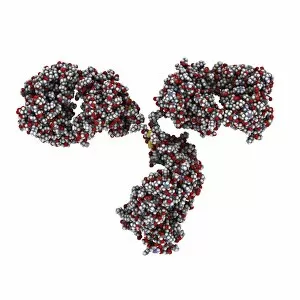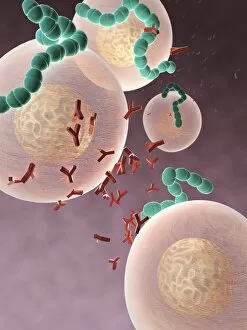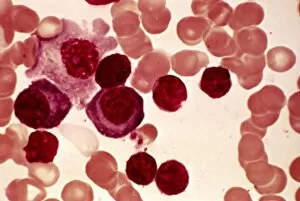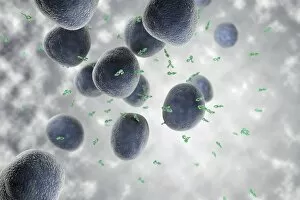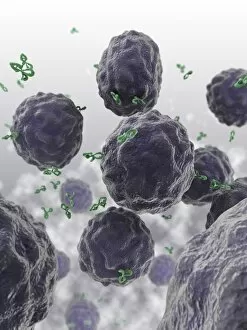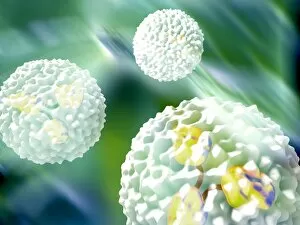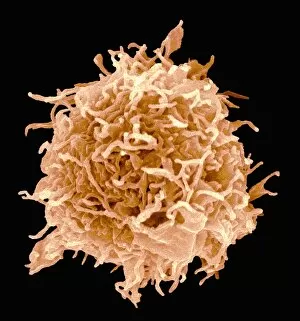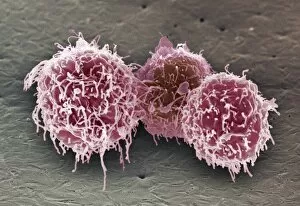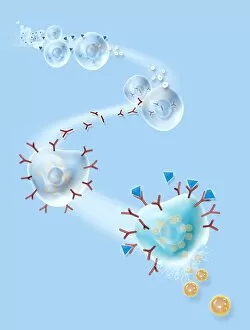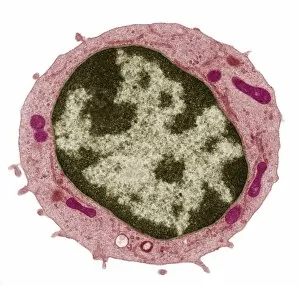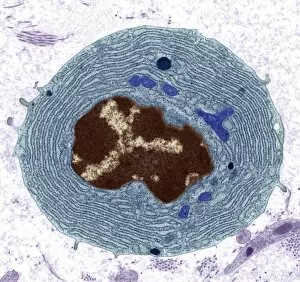B Cell Collection
B cells, the powerful defenders of our immune system
For sale as Licensed Images
Choose your image, Select your licence and Download the media
B cells, the powerful defenders of our immune system. 🌟✨ These incredible lymphocyte white blood cells play a crucial role in protecting our bodies from harmful invaders. One of their remarkable abilities is to differentiate into plasma cells, which produce antibodies that help neutralize pathogens. In this captivating artwork, we see the transformation of B cells into plasma cells, represented by their distinct appearance as TEM (transmission electron microscopy) images. The intricate details showcase the complexity and beauty within our own bodies. Speaking of antibodies, let's take a closer look at some fascinating antibody molecules: F007 / 0109, F007 / 0107, F007 / 0104, F007 / 0105, F007 / 0103, F007 / 0102 and F007 / 0101. These unique molecules are specifically designed to recognize and bind to different antigens on invading bacteria or viruses. Their diversity allows us to combat a wide range of threats effectively. In another stunning artwork piece depicting antibodies and bacteria together, we witness the battle between these tiny warriors. Antibodies latch onto bacterial surfaces with precision like never before seen – an awe-inspiring sight. However, sometimes B cell function can go awry leading to diseases such as lymphoplasmacytic lymphoma. Micrographs reveal abnormal accumulations of B cells and plasma cells in affected tissues. Understanding these conditions helps scientists develop targeted therapies for patients battling such illnesses. Let's appreciate the extraordinary capabilities of B cells - guardians tirelessly working behind the scenes to keep us healthy.

